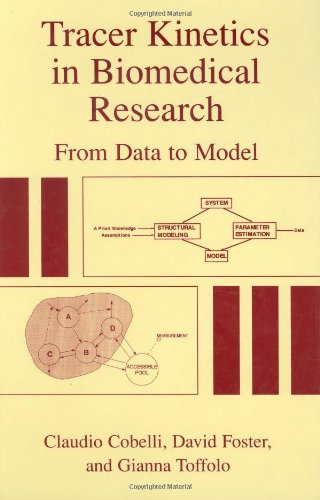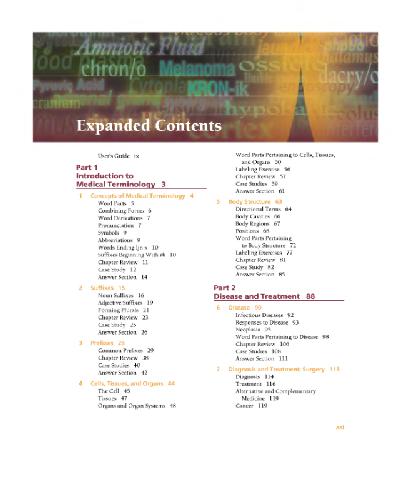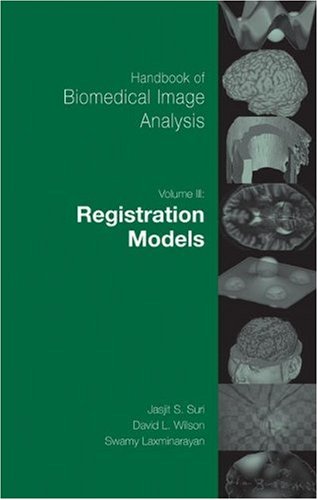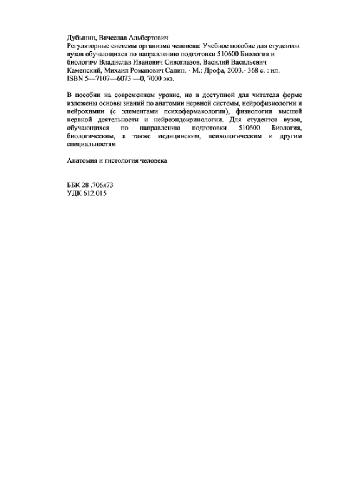Claudio Cobelli, David Foster, Gianna Toffolo9780306464270, 0306464276
The book starts with a review of fundamentals of radioactive and stable isotope tracer kinetics and then proceeds with a description of the noncompartmental and multicompartmental modeling methodologies to study systems in the steady state. The focus is on understanding the basic assumptions inherent in the methodologies and the underlying mathematics and statistics, on discussing how to assess how `good’ a model is and on giving some hints on how better to design kinetic studies, in order to increase the probability of a successful study and to ensure the maximal information content in the experimental data to be extracted. The book has an extensive section on parameter estimation, i.e., fitting models to data, first in general terms and then specifically related to noncompartmental and compartmental models. This is written from a basic point of view, and is intended to remove the mystery from the `black box’ of computer optimization software. Finally, a special application often found in tracer kinetic analysis, precursor–product relationships, is discussed.
Throughout the book, the goal is to provide even the novice with sufficient background so that he/she can feel comfortable. A number of case studies, based upon real experimental data, are carried through the text. Other examples illustrate specific points. All data examples are provided on a floppy disk.







Reviews
There are no reviews yet.